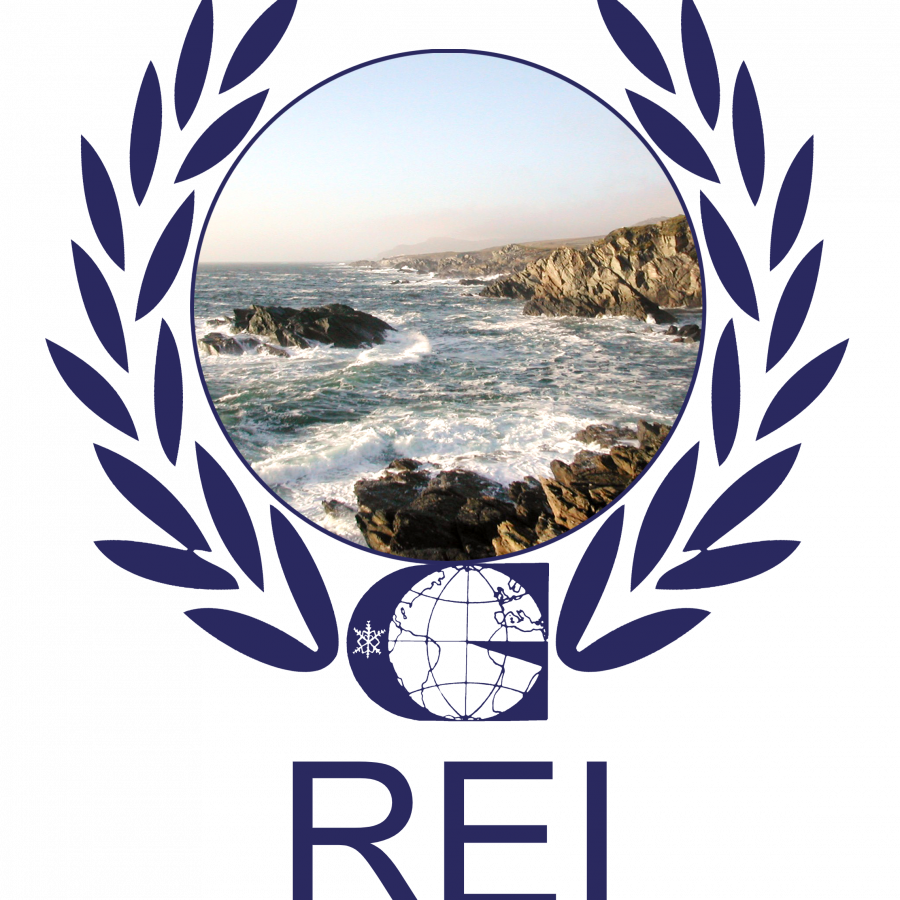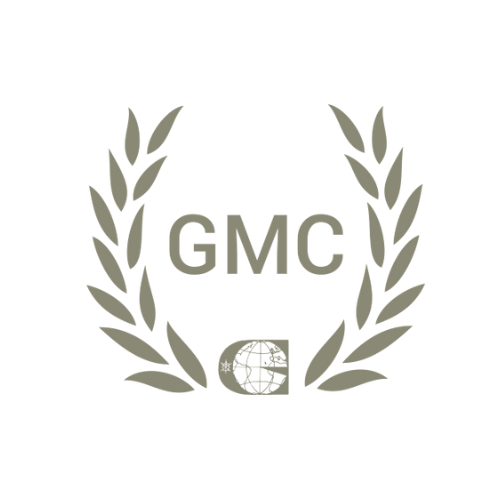Introduction
As technological systems Starting to become more complicated it becomes increasingly difficult to Recognise and understand safety hazards and to control their Effect. Plant Managers and Engineers are becoming more knowledgeable that safety and risk touch on every aspect of the day to day running of their Plants and engineering and process systems if they are to comply with ever changing and demanding International, and National environmental and economic values and standards.
Highlights of this training course are as follows:
• Introduce the delegate to the practical methods of safety engineering and risk examination systems.
• Ways and techniques in eliminating, mitigating and controlling major hazard situations and conditions.
• Utlising well established principles defined by International and professional bodies such as IChemE (Institute of Chemical Engineers), developed and formulated over many years and further established from learning from major accidents.
• Provide the delegate with a working knowledge of the proactive and reactive processes by which quantifiable assessments can be used to assess and control risks.
Objectives
Upon the completion of this course delegates will be able to:
• Apply the principles of hazard identification and assessment of risk to processes and machinery.
• Comprehend reliability concept and use of failure tracing methods.
• Illustrate a practical comprehending of a quantitative risk assessment technique and the date required for records.
• Advise management on the most effective control methods based on the evaluation of risk.
• Recognise the general requirement for development of safe system of work.
• Identify relevant International Standards for Reliability and Machinery Safety.
Course Outline
Day 1
Hazard Identification
• Introduction and course overview.
• Why do we need safety engineering?
• Examples of major disasters.
• The safety system process.
• Hazard identification.
• Hazard control.
• Criteria for risk tolerability.
• Hazard Identification Techniques.
• Design out hazards.
• Safety standards codes, national and international.
• Safety analysis in engineering.
• Safety analysis in Chemical process.
• Safety analysis in manufacturing.
Day 2
Risk Assessment Techniques
• Safety Management.
• Safety in system life cycle.
• Hazard identification check-list.
• Process, workplace, work equipment risk assessment.
• Task-based risk assessment.
• Introduction to HAZOP.
Day 3
Machinery and Work Equipment Safety
• Machinery hazard identification.
• Causes and methods for machinery accident prevention.
• HAZOP examples.
• Failure modes, human factors and software safety.
• Conducting a failure mode and effective analysis.
• Human factors safety analysis.
• Performance and human error.
• Human factors and safety analysis.
Day 4
Reliability Technology
• Types and causes of failures.
• Methods of preventing failure.
• Types of maintenance and inspection regimes.
• Reliability of components and systems.
• Design and reliability of control systems.
• Design and reliability of protective systems.
• The concept of ‘HIPS’.
• Safety Integrity Levels ‘SIL’ selection.
Day 5
Consequences Analysis
• Mechanics of fire, explosion and toxic releases.
• Dispersion modelling software.
• Types of fire: flash, jet, cascading fires and BLEVE.
• Types of explosion.
• Quantification of risk.
• Event Tree Analysis ‘ETA’.



















Leave a Comment